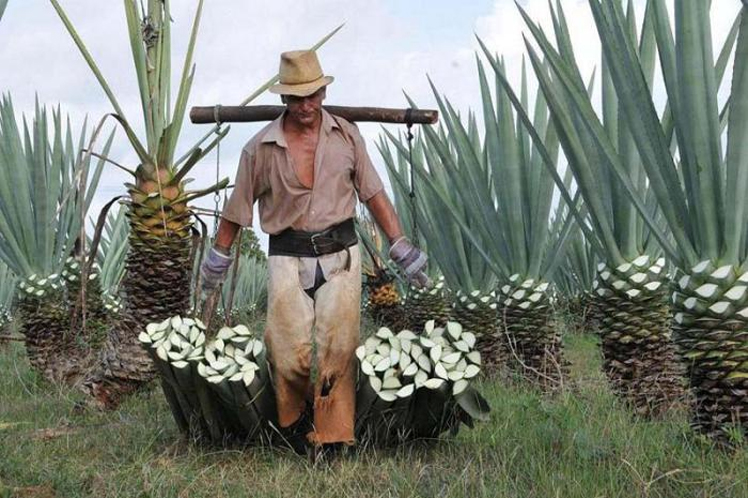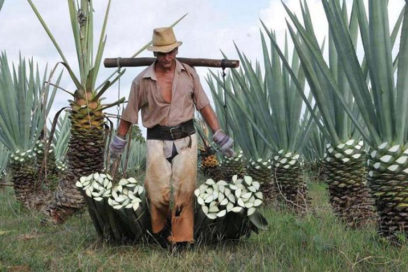
Official reports show today that Cuba goes to the rescue of the henequen industry in order to increase production of ropes and strings, among other economic items.
He said the rebirth of that crop should take place as soon as possible, being a priority for the country, together with exploring other fiber multipurpose plants as kenaf and coconut. Despite henequen being an ecological product well appreciated in the market, the old Matanzas industry Julian Aleman, barely produced 40 tons compared with 136 tons the previous year.
Although the program for survival and development plans to sow 300-400 hectares a year, in 2017 the enterprise will plant 219 hectares and another 260 in 2018.
Alemán added they are reinforcing the nursery area in the base units located in Matanzas, Mariel and Cienfuegos, places where henequen plantations are being promoted.
He reported there exist 809 hectares in development stage and 542 in production. This crop follows a five-year cycle to ripen and be ready to cut, one of agriculture’s hardest tasks due to the thorny nature of the plant.
The manufacturing of ropes and strings has as basic destination the agricultural sector, and particularly the tobacco campaign. Of the plan of 532 tons of this year, they already handed that sector some 290 tons.
Both the process of defibering of the henequén leaves, as the industrial elaboration of ropes and strings, rely on old machinery that limit the efficiency and yields in both cases.
Another of the challenges to return splendor to this crop in Cuba passes by completing the staff and certification of the planting quality.


